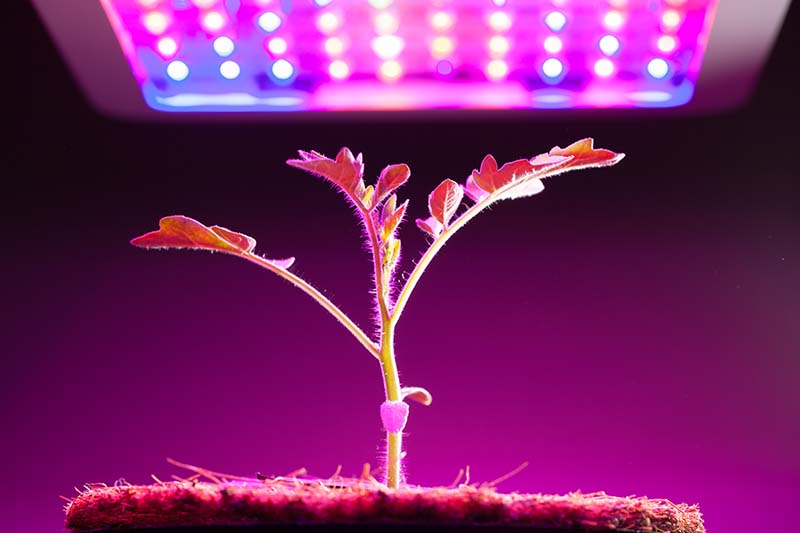Three types of Vertical Grow Lights for Indoor Farming

The future of modern agriculture is moving towards indoor or vertical farming. Vertical farming is an innovative method of farming, where crops are grown in vertically stacked layers. The technique of vertical farming usually aims at optimizing plant growth by incorporating controlled-environment agriculture.
In vertical or indoor farming, the plants do not necessarily depend on natural light for growth. Here, the crops are grown using artificial lights that are known as grow lights. These grow lights are usually electrical lights designed to stimulate plants’ growth through the release of electromagnetic spectrums that are perfect for photosynthesis.
When to Use Vertical Grow Lights
- If the indoor place you want to grow your plants doesn’t have access to natural light
- Suppose you require additional lighting for the growth of your plants. This usually happens during the winter seasons, where vertical grow lights can be used as another light source for the crops.
Different Types of Vertical Grow Lights
Before looking at the three basic types of vertical grow lights that are available, it is essential to note that grow lights do not necessarily have to mimic sunlight. Often than not, the light emitted by grow lights usually outdoes sunlight.
1. HPS Grow Lights
Commercial and experienced indoor farmers prefer making use of the high-pressure sodium (HPS) lights. Although the technology behind the establishment of these grow lights is well over 70 years old, these lights usually have one problem; they produce a substantial amount of heat.
High amounts of heat generally mean that you need to ensure a considerable distance between the lights and the plants. Due to the high level of investment required for these types of grow lights, they are not recommended for small scale indoor growers.
2. Fluorescent Vertical Grow Lights
If you plan to grow herbs or vegetables indoors, you should consider investing in fluorescent grow lights. These lights are classified into two;
- Fluorescent tubes
- Compact fluorescent lights (CFLs)
Pros and cons of Fluorescent Tubes and CFLs
Fluorescent tubes come in various intensities, and they last longer and are more efficient than most incandescent bulbs. They are also very thin, making installation easy as they can fit into tiny places.
However, to control and regulate the current in fluorescent grow lights, you will require a stabilizer. These tubes also require stands rather than the usual conventional socket making the installation cost on the upside.
On the other hand, CFLs are much cheaper compared to other types of grow lights. Apart from indoor farming, most households are making use of the CFLs. Their lifespan is almost eight times longer than the traditional incandescent bulbs.
Additionally, CFLs do not emit excess heat, making them very energy efficient. This also allows farmers to put the lights close to the plants.
3. LED Vertical Grow Lights
It is in the early 2000s that the blue and red LEDs started being used for indoor farming. Among the three types of grow lights, the LEDs are the most efficient. This is because the distance of the light to the plant does not negatively affect the plants’ growth. This is to say; you can place the lights as far away from the plants without depriving the plants of the most needed light. LED grow lights are favorable in creating the perfect environment for almost any type of plant’s indoor farming.
However, LED lights tend to be more costly than the other two types of lights. Also, LEDs can be harmful to human eyes, and thus, people working in indoor farms are advised to use eye protectors.
conclusion
With technology advancing with every passing year, there is no telling of how the future will be. However, when it comes to farming, vertical farming is, without a doubt, agriculture’s future. Understanding the pro and cons of each vertical grow light available can help you make an informed choice of what works best for you.
Keep your eyes and ears open for any recent trends in vertical farming advancement, and who knows, you might become the next big name in indoor farming.

“Evil coffee nerd. Analyst. Incurable bacon practitioner. Total twitter fan. Typical food aficionado.”











